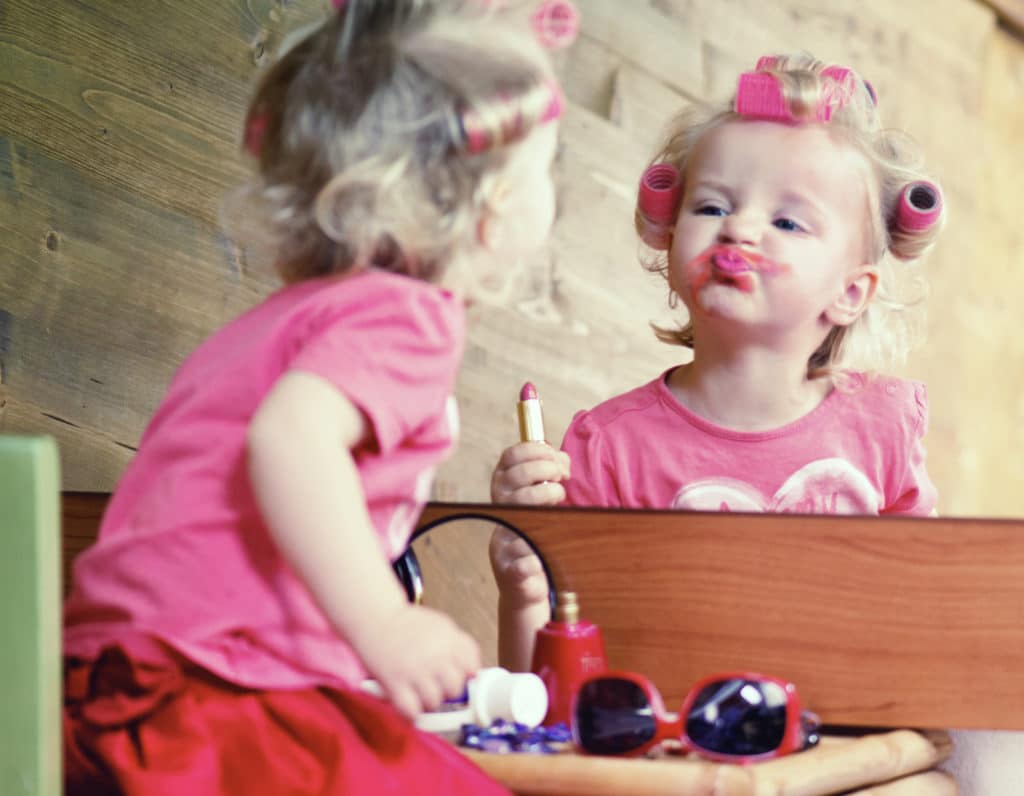
 Post Category - ParentingParenting
Post Category - ParentingParentingIn this series on consent, parenting expert Li Ling Phua explains the importance of body positivity and awareness, and why we should try to banish shame from our lives
This is a two-part series by Li Ling of Chapter Zero Singapore exploring how parents, educators and other adult caregivers can teach children about consent, body positivity, and how to raise emotionally healthy children.
Part One: Talking to Kids About (and Modelling) Consent
Part Two: Body Positivity
“Why are you not wearing shorts?” I heard my mum say to my 4-year-old daughter from the living room. “You’re a big girl now; you have to wear shorts,” she continued. I knew where this was headed, and what was coming up next – the ‘s’-word. I, after all, grew up in this household where in my teenage years, sitting on the couch in shorts with my legs up could also provoke the ‘s’-word. Hoping to intervene, I walked over to them and now my mother directed her anxiety me. “How can you allow her to not wear shorts? She’s already 4, you know? It’s time she stops walking around in her underwear at home.”
“Mum, please,” I said, hoping she’d stop.
“So shameful!” There it was. The ‘s’-word that I was afraid would come up.
My 4-year-old daughter doesn’t yet connect her body with the feeling of shame.
I was once like her, as we all were, of course. None of us are born feeling shame towards our own bodies until we’ve been made to feel deep inside that something about us – our being, not just a behavior – is unworthy, unlovable and bad. Whether intentionally or unintentionally, the words we use may communicate to children that some body parts, and certain types of bodies are less acceptable than others.
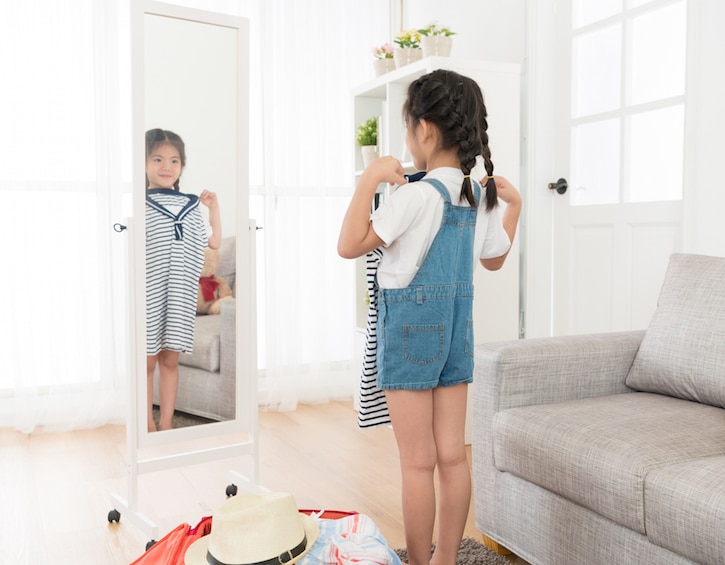
At 7, I remember believing that if a male classmate were to look under my skirt to peek at my underwear, it was my fault for not wearing shorts under my pinafore as my mother had advised.
Back with my daughter, I understood that my mother’s concern came from a wish to protect her grandchild’s dignity or privacy, but I was also wary of teaching my child about body boundaries through fear and shame. A child’s body image affects their general self-image, and it is therefore important that children see their bodies in a positive way. In addition, shame is the often the tool sexual predators rely on to keep victims silent.
Read more: “The Underwear Rule” and Protecting Kids from Sexual Predators
For children to develop a positive body image, they need to know that their bodies are accepted. Here are some ways we can foster body positivity in children:

Start Sex Ed early
The Netherlands has some of the best teen sexual health outcomes and it is in part because of their comprehensive sexuality education that starts as early as 4. Starting sexuality education young is also recommended by the WHO. Contrary to what many may believe, comprehensive sexuality education does not lead to earlier sexual activity or risky sexual behaviour. A sexuality education programme that is age-appropriate and teaches scientifically accurate information about human development, anatomy and reproductive health can enable young people to refrain from engaging in sexual behaviours before they are ready. Children who are more confident in their body knowledge are also less likely to be targeted for sexual harassment.
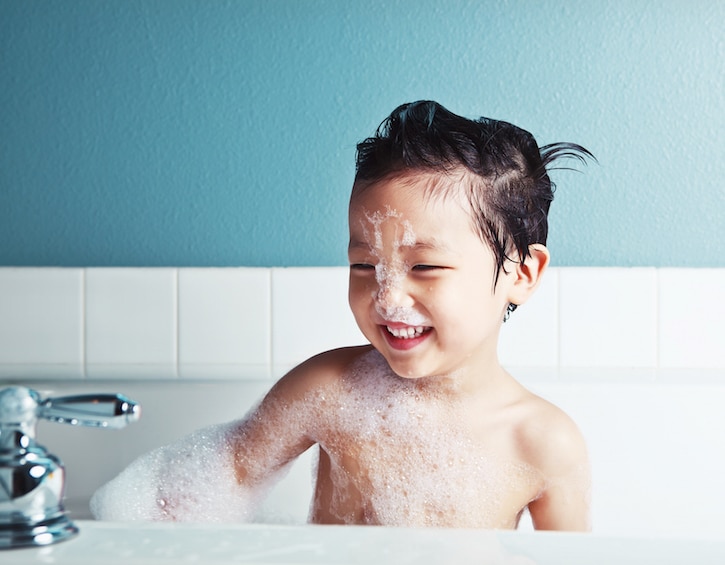
Private parts are not shameful
Grown-ups often transfer our own shame, embarrassment and discomfort towards talking about certain body parts openly when we use euphemisms like ‘wee wee’, ‘willy’, ‘birdie’ or ‘down there’. In turn, children learn that there’s something naughty or wrong about talking about their private parts and will be more likely to feel shy about asking questions, and less inclined to tell a grown up if they’ve been touched by someone inappropriately.
When we normalize all body parts and use the correct language, we teach children that every part of the body is healthy and wholesome. Children who are comfortable naming their genitals using standard terms – penis, scrotum, vulva, clitoris, vagina, anus – have one more layer of protection against sexual harassment.
Ideally, caregivers and educators should use proper terms for genitals even before children can talk, just as we would name other body parts like hands, feet, ears and neck when we are caring for them during diaper changes and baths. When they’re older, we might then talk about why some body parts are considered private parts — we usually keep them covered — but they’re healthy and acceptable body parts nonetheless.
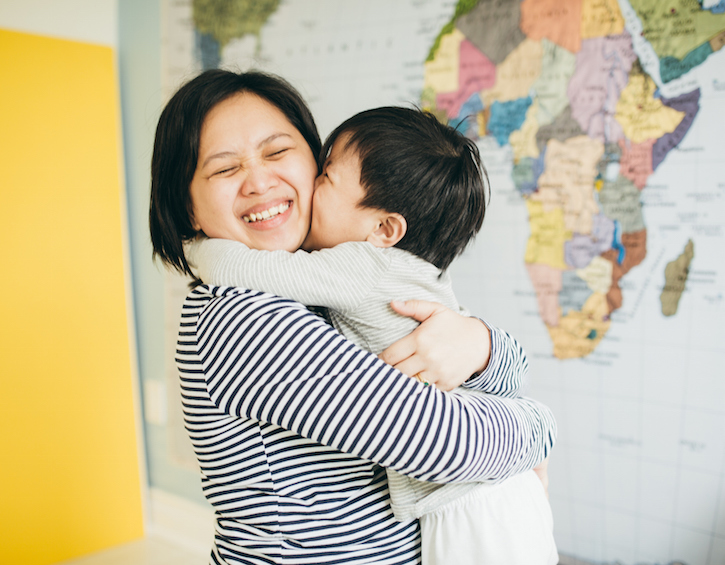
Focus on body awareness
Many of us are familiar with the common refrain ‘never talk to strangers’, but teaching children about “stranger danger” may be highly ineffective in protecting children against sexual harassment. The statistics show that majority of sexual abuse cases are not committed by strangers, but by someone known and familiar to the child / family. Instead of teaching children to be wary of all strangers, we may be better able to teach children to protect themselves by talking about consent as well as body awareness.
Read more: Teaching Kids about “Tricky People” rather than Stranger Danger
When we talk to children about how different types of touch may feel to them, we can help them to build an awareness of the sensations in their body. If our children learn to listen to the signals within themselves, they will be better equipped to recognize bad situations and make smart decisions.
We can start by talking about how it feels when mama or papa gives them a hug, or when a good friend holds their hand. Perhaps they feel warm, comfortable, or pleasant? When a touch makes the child feel cared for and important, it is a safe touch. Safe touches can also include touches that might hurt such as when we help them to wash a wound. We can explain to them that when we wash a wound that hurts, we are helping to keep them healthy, and so it is a safe touch.
On the other hand, touches that hurt their bodies and feelings are unsafe touches.
There are times, however, when a touch might be safe, but if a child does not want the touch, and feels confused, upset or scared, this is an unwanted touch. Remind our children that they can say no to unsafe and unwanted touches, even if it’s to someone whom they know.
Apart from equipping our children with skills and information, what is perhaps most important is that they feel safe confiding in us. It is therefore vital that our children know that they can trust us to accept them and protect them regardless of the situation.
Finally, if you’d like to learn more about having healthy, non-judgmental and age appropriate conversations with your children about sex and relationships, AWARE is facilitating “Birds & Bees“, a FREE experiential workshop for parents. The workshop will also explore how parents can introduce crucial information about consent, personal boundaries and safety to children.
Read more: The Respectful Parenting Approach to Reasoning with Babies and Toddlers






 View All
View All





 View All
View All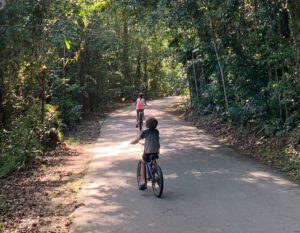









 View All
View All






